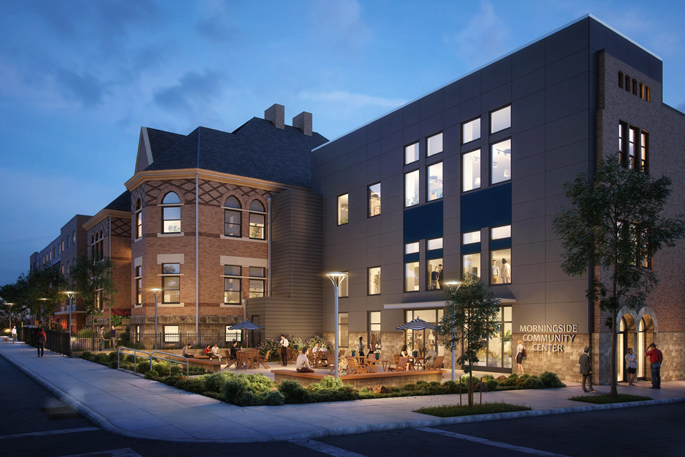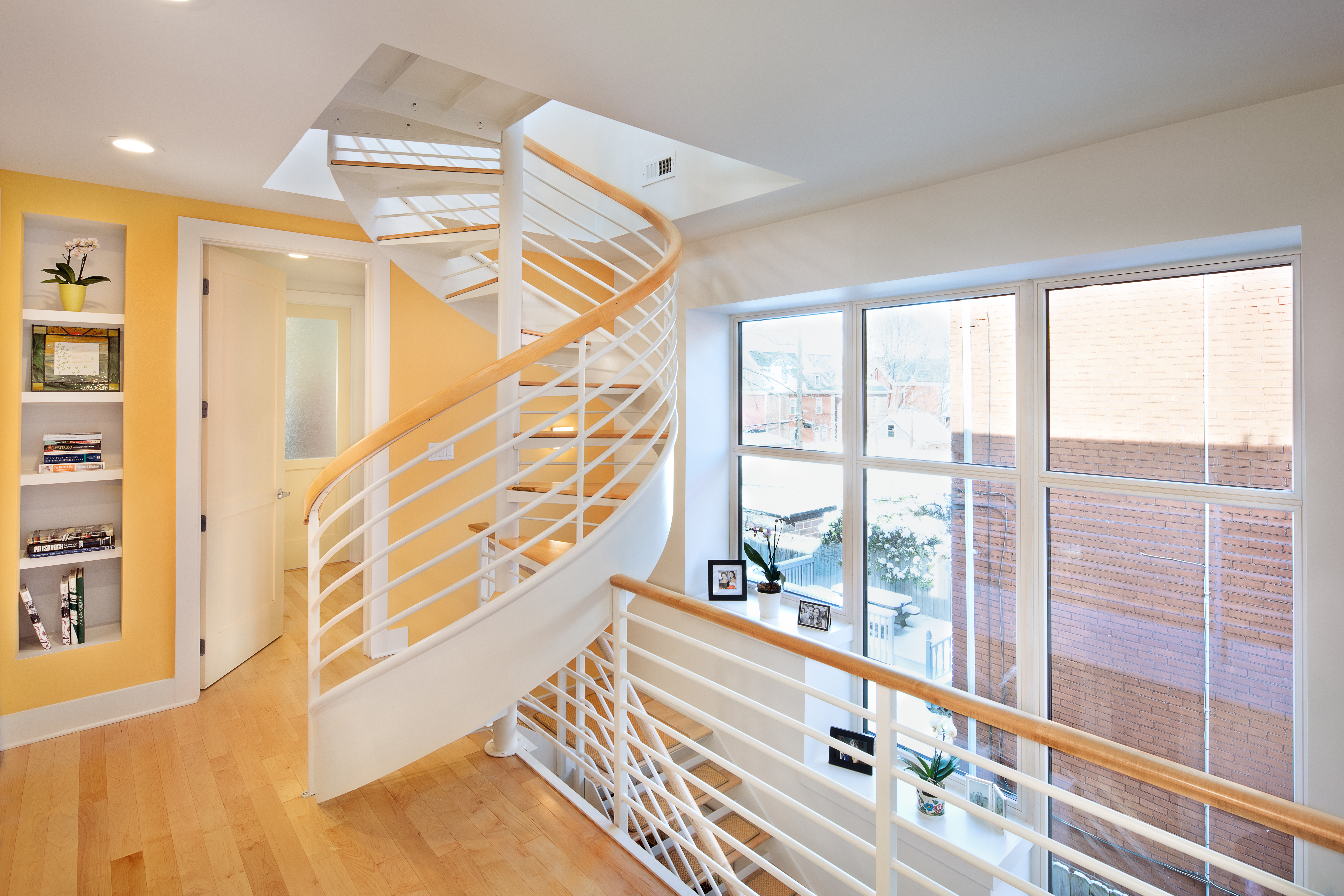Why high-performance buildings?
High-performance building standards lie at the foundation of how we build better.
The Climate Challenge
We are already experiencing the effects of climate change on the East Coast of North America. Our summers are hotter and our winters are stormier, with heavier rain and more power outages.
Growing evidence shows changing climate is harming communities around the world. We all need to use less energy. Burning fuel for energy releases greenhouse gases, which contribute to climate change.
The Passive House Standard
Passive House Western Pennsylvania promotes the Passive House high-performance building standard as a simple, quality-assured approach to designing and constructing better buildings.
The Passive House Standard is a proven methodology for achieving high-performance from buildings of all types, and is the only internationally recognized performance-based building energy standard.
The approach is becoming a favored and well-understood solution for achieving high-performance buildings on the East Coast and beyond.
Benefits of High Performance Buildings

High-performance buildings are comfortable, healthy and quiet. Because they are designed well and built to last, they work well and are simple to use and maintain.

You know what you’re getting with a high-performance building. Knowing a high-performance building is built better, you feel better.
- High-performances buildings remain comfortable during power outages and extreme weather.
- Their maintenance and energy costs remain low over the long term.
- They maintain market value over time.
- And because they use as little as 1/10th of heating and cooling energy that other buildings use, their reduced impact on climate change and outdoor air quality makes you feel better, too.

Operating, maintenance and energy costs are lower for high-performance buildings than for conventional buildings. This makes high-performance building standards, such as the international Passive House Standard, an effective solution for any building type over the long term.
- Building a high-performance building adds marginal costs to the overall capital construction cost, but simple mechanical systems and robust, quality-assured construction can reduce building costs.
- High-quality components and building durability reduce long-term maintenance costs for occupants.
- Drastically reduced energy use provides immediate savings.
- High-performance buildings maintain market value over time.

High-performance buildings work. The Passive House Standard has been used for over 25 years to create highly efficient buildings in all climate zones, from the Antarctic to the equator.
High-performance buildings rely upon four things:
- efficient design
- insulation
- air tightness
- clever ventilation
Simplicity carries through in the use and operation of Passive House buildings. No special computerized controls are needed. Stable indoor conditions mean building occupants remain comfortable without bundling up in sweaters and extra socks in cool weather.
Case Studies
Click on the links below to review case studies of tested and proven high-performance buildings.
Morningside Crossing,
Pittsburgh, PA

Carnegie Library of Pittsburgh – Carrick,
Pittsburgh, PA

Highland Park Retrofit,
Pittsburgh, PA

